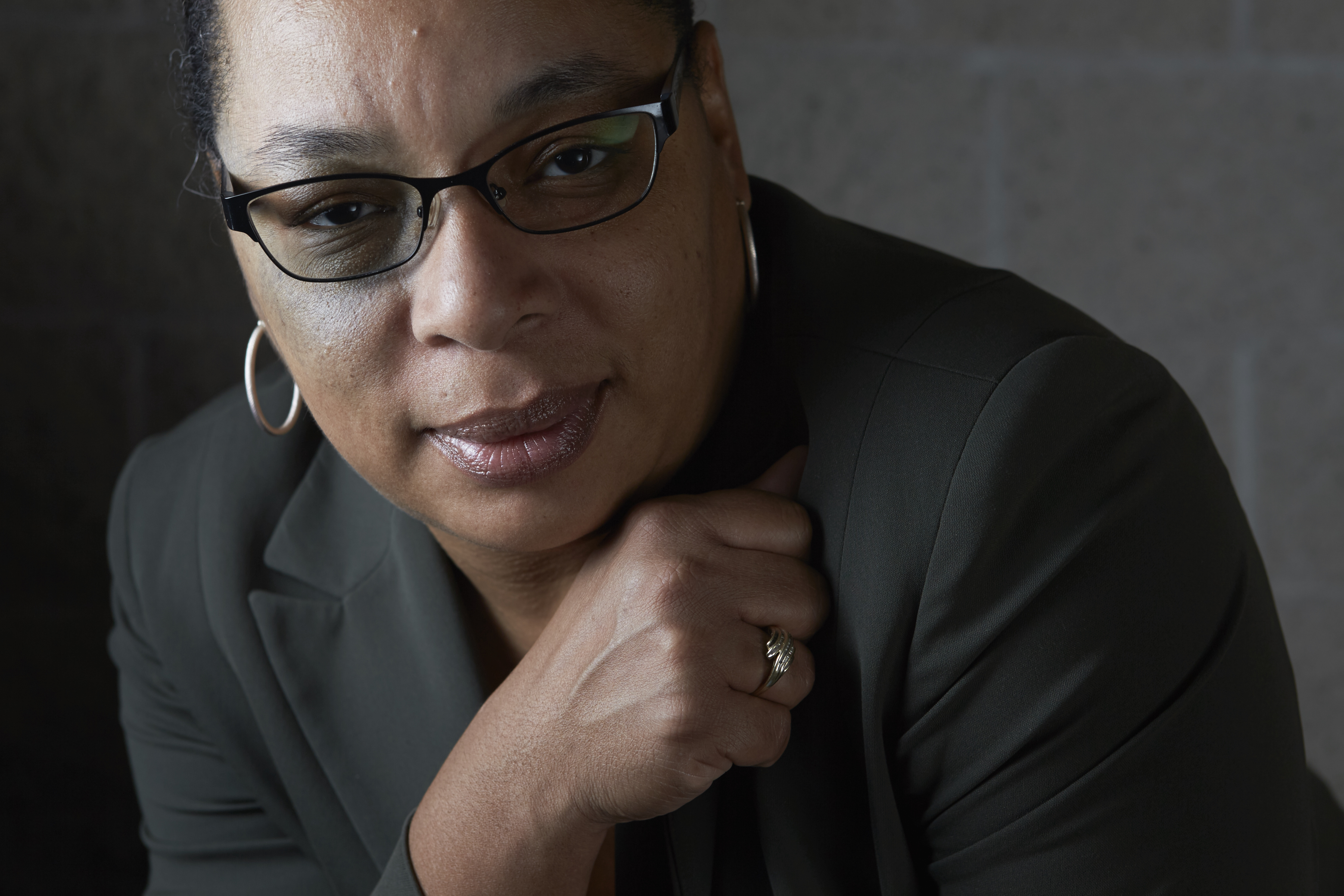New York City, with a population of 8.5 million people, was one of the locations most heavily affected by the first wave of the COVID-19 pandemic in North America and Europe. A large body of research has shown that those individuals who are of lower average socioeconomic status were especially affected by the pandemic and experienced a much higher rate of viral infection.
Tag: communities of color
New mutation raises risk for AFib, heart failure for people of color
A new mutation found in a gene associated with an increased risk of atrial fibrillation poses a significantly increased risk for heart failure in Black people.
Historical Racial & Ethnic Health Inequities Account for Disproportionate COVID-19 Impact
A new Viewpoint piece published online in the Annals of the American Thoracic Society examines the ways in which COVID-19 disproportionately impacts historically disadvantaged communities of color in the United States, and how baseline inequalities in our health system are amplified by the pandemic. The authors also discuss potential solutions.
